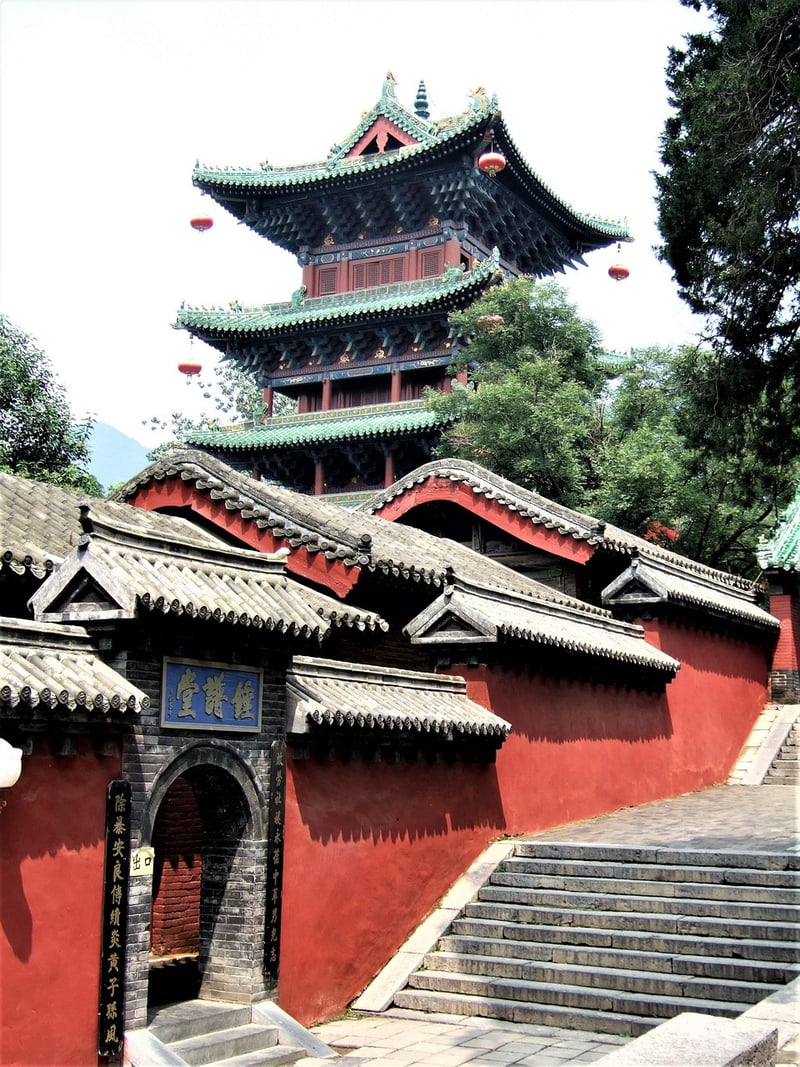Wu Style
Exploring the Art of Wu Style in Chinese Martial Arts
Chinese martial arts, also known as Wushu or Kung Fu, encompass a diverse range of fighting styles that have been practiced for centuries. One of the lesser-known yet fascinating styles is Wu Style, which holds a unique place in the rich tapestry of Chinese martial arts. Let's delve into the history, philosophy, and key characteristics of Wu Style to gain a deeper understanding of this ancient art form.
The Origins of Wu Style
Wu Style is named after its founder, Wu Yuxiang, who developed this martial art during the early 19th century in China. Wu Yuxiang was a prominent figure in the martial arts world and sought to create a style that emphasized internal energy cultivation, fluid movements, and strategic combat techniques.
Philosophy and Principles
Central to Wu Style is the concept of softness overcoming hardness. Practitioners are taught to use leverage, timing, and sensitivity to redirect an opponent's force, rather than meeting it with brute strength. This principle aligns with other internal martial arts like Tai Chi and Baguazhang, focusing on efficiency and mindfulness in combat.
Key Characteristics of Wu Style
- Slow and deliberate movements that build internal strength and awareness
- Emphasis on circular motions and fluid transitions between techniques
- Utilization of joint locks, throws, and pressure point strikes for self-defense
- Integration of Qigong exercises to cultivate Qi (vital energy) for health and martial prowess
Training and Benefits
Training in Wu Style involves repetitive practice of forms (sequences of movements), partner drills for application, and sparring to test techniques in a controlled environment. The benefits of practicing Wu Style extend beyond self-defense and physical fitness to include improved balance, coordination, and mental focus.
Exploring Wu Style Further
If you are intrigued by the elegance and effectiveness of Wu Style, consider seeking out a qualified instructor or school to begin your journey in Chinese martial arts. Remember that patience, dedication, and respect for tradition are essential qualities for any martial arts practitioner.
Embark on a path of self-discovery and martial prowess with the art of Wu Style, where grace and power converge in perfect harmony.

Image Source: Pixabay
